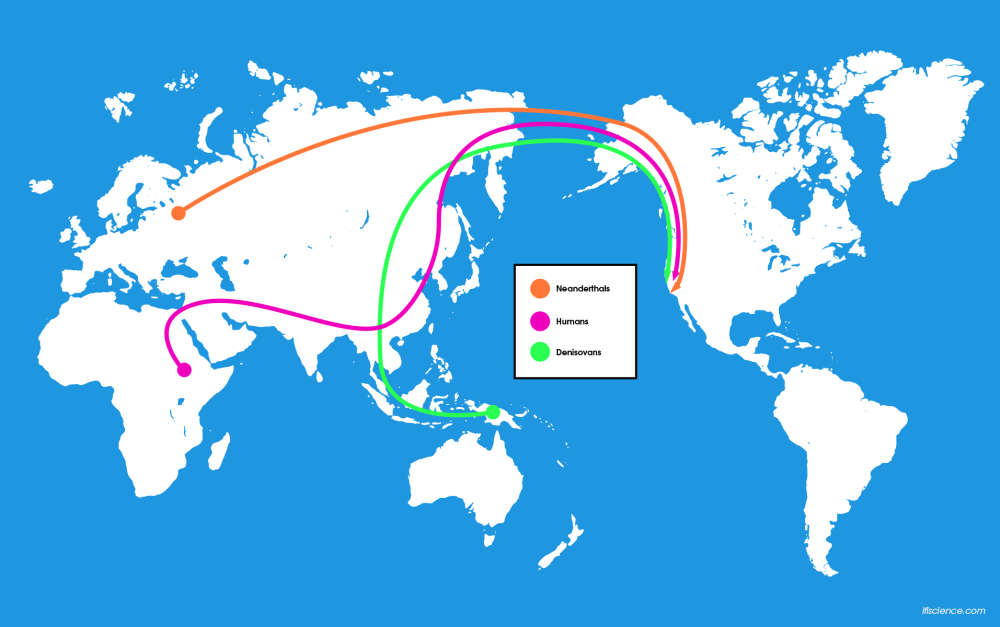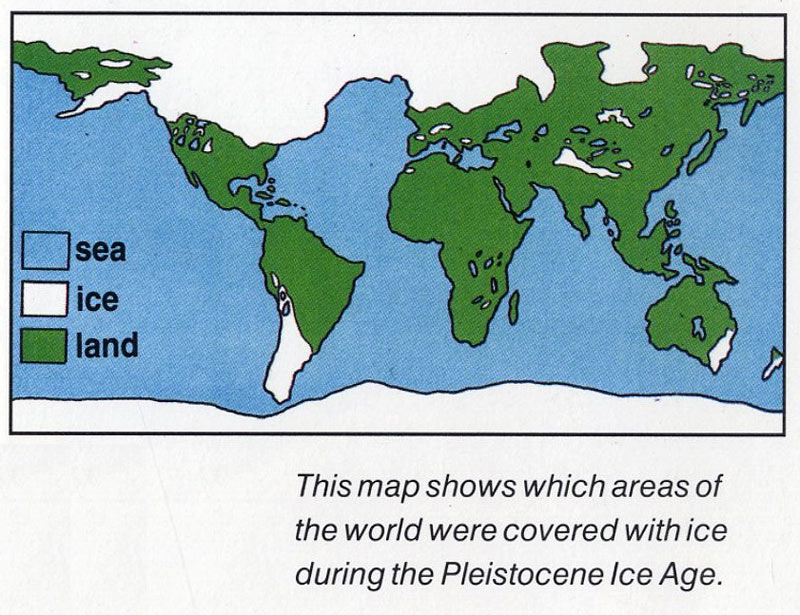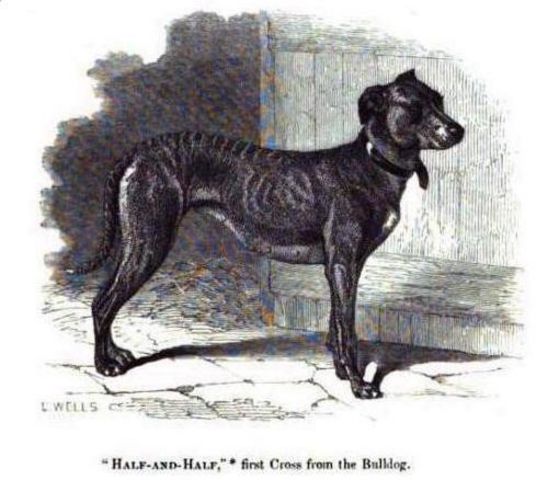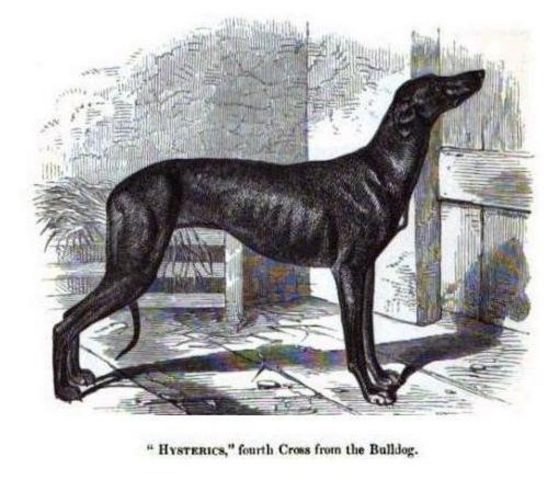So this thread is about discussing the first homo sapiens, who left Africa about 100,000 years ago to Asia. But new discovery points to human activity about 130,000 years ago in North America? How did these people cross the Atlantic? how did they survive the harsh weather in Russia and then Alaska? according to the paths (as traced by scientists), that's a fairly difficult route to take via Alaska.
http://www.iflscience.com/plants-an...an-activity-in-the-americas-130000-years-ago/

The mainstream view of early humans is changing all the time.
http://www.iflscience.com/plants-an...an-activity-in-the-americas-130000-years-ago/
Each and every scientific discovery sends a small ripple through academia – it changes what we know about the world around us in a fundamental but usually quite subtle way. A breathtaking new study in Nature, however, is more of a tidal wave, a revolution in the way we understand the story of humanity.
The general consensus has been that humans arrived in North America no later than 24,000 years ago, at the earliest. A startling archaeological discovery of ancient human activity in California, however, has moved this date back to 131,000 years, and in the process has rewritten the history books.

The mainstream view of early humans is changing all the time.







